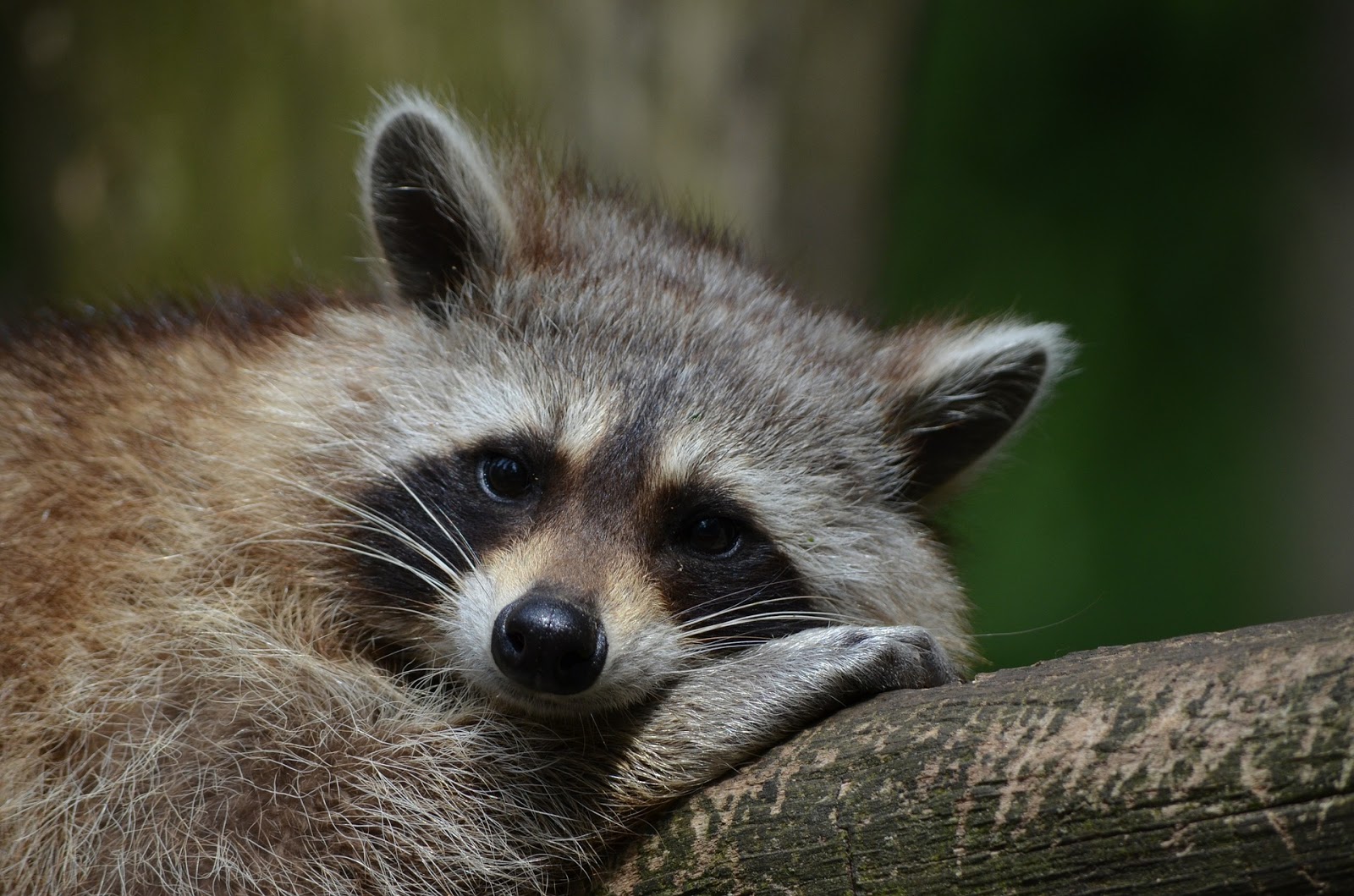Exploring The Fascinating World Of Mapaches
Mapaches, also known as raccoons, are enchanting creatures that have captured the heart of many nature enthusiasts around the world. With their striking facial markings and dexterous paws, these mammals are often found rummaging through urban landscapes and forests alike. Their curious nature and playful antics make them a delight to observe, but there is much more to these creatures than meets the eye. Understanding the behavior, habitat, and significance of mapaches can deepen our appreciation for the biodiversity that surrounds us.
In recent years, mapaches have gained popularity in pop culture, appearing in various media such as movies, cartoons, and even as beloved pets. However, their wild origins and natural behaviors are often overlooked. Delving into the life cycle, diet, and social structures of mapaches reveals a complex and intelligent species that is perfectly adapted to thrive in diverse environments. Whether you are an animal lover or a curious observer, there is an abundance of information to discover about these remarkable creatures.
As we explore the world of mapaches, we will address some common questions and misconceptions about these intriguing animals. From their habitat and diet to their relationship with humans, each aspect contributes to a broader understanding of their role in the ecosystem. Join us on this journey to uncover the secrets of mapaches and learn why they are such a vital part of our natural world.
What is the Habitat of Mapaches?
Mapaches are incredibly adaptable creatures that can thrive in a variety of habitats. They are commonly found in forests, wetlands, and urban areas. Here are some key points about their habitats:
- Mapaches prefer environments with abundant food sources and access to water.
- They are nocturnal, often foraging for food at night.
- Urban areas provide ample opportunities for scavenging, making cities a popular home for mapaches.
How Do Mapaches Adapt to Urban Environments?
Mapaches have demonstrated remarkable adaptability, especially in urban settings. They have developed several strategies to thrive in these areas:
- Their ability to open containers, such as trash cans, allows them to access food that other animals cannot.
- Mapaches are skilled climbers, making it easier for them to navigate through trees and rooftops.
- They often use human-made structures for shelter, such as attics and garages.
What is the Diet of Mapaches?
Mapaches are omnivorous, which means they eat both plant and animal matter. Their diet can vary significantly based on their habitat and the availability of food sources. Here are some common components of a mapache's diet:
- Fruits and nuts
- Insects and small animals
- Leftover human food and garbage
- Bird eggs and fish
What Are the Social Structures of Mapaches?
Mapaches are generally solitary animals, but they can exhibit social behaviors, especially during the breeding season. Understanding their social structures can provide insight into their interactions and lifestyle.
How Do Mapaches Communicate?
Mapaches communicate through a variety of vocalizations, body language, and scent marking. Here are some common forms of communication:
- Chirps and grunts to signal distress or excitement
- Body postures to establish dominance or submission
- Scent marking to communicate territory
What is the Breeding Behavior of Mapaches?
Mapaches have a distinctive breeding season, typically occurring in late winter to early spring. Here are some key points about their breeding behavior:
- Females reach sexual maturity at about one year old.
- After a gestation period of approximately 63 days, females give birth to a litter of 2-7 kits.
- Kits are born blind and depend on their mother for food and protection during their early weeks.
Why Are Mapaches Important to the Ecosystem?
Mapaches play a crucial role in maintaining the health of their ecosystems. As omnivores, they contribute to seed dispersal and the control of insect populations. Their scavenging habits help to clean up waste in their environment, promoting a balanced ecosystem.
How Do Mapaches Interact with Humans?
The relationship between mapaches and humans can be complex. While many people enjoy observing these animals, others may view them as pests. Here are some notable points of interaction:
- Mapaches are often found rummaging through garbage, leading to conflicts with humans.
- They are known to raid bird feeders and gardens, which can frustrate homeowners.
- However, they also contribute to urban wildlife diversity and can be appreciated for their playful nature.
What Conservation Efforts Are in Place for Mapaches?
While mapaches are not currently considered endangered, their habitat can be threatened by urban development and pollution. Conservation efforts focus on maintaining healthy ecosystems and promoting coexistence with human populations. Here are some measures being taken:
- Habitat preservation through urban planning and green spaces.
- Public education about the importance of wildlife and coexistence strategies.
- Research on mapache populations to monitor their health and adaptability.
Personal Details and Bio Data of Mapache
| Attribute | Description |
|---|---|
| Scientific Name | Procyon lotor |
| Family | Procyonidae |
| Habitat | Forests, urban areas, wetlands |
| Diet | Omnivorous |
| Average Lifespan | 2-3 years in the wild, up to 5 years in captivity |
Unveiling The Enigmatic Jordan Schlansky
Unveiling The Life And Times Of Sarah Snyder
Revving Up The Future: The Intersection Of Cars And Bids


